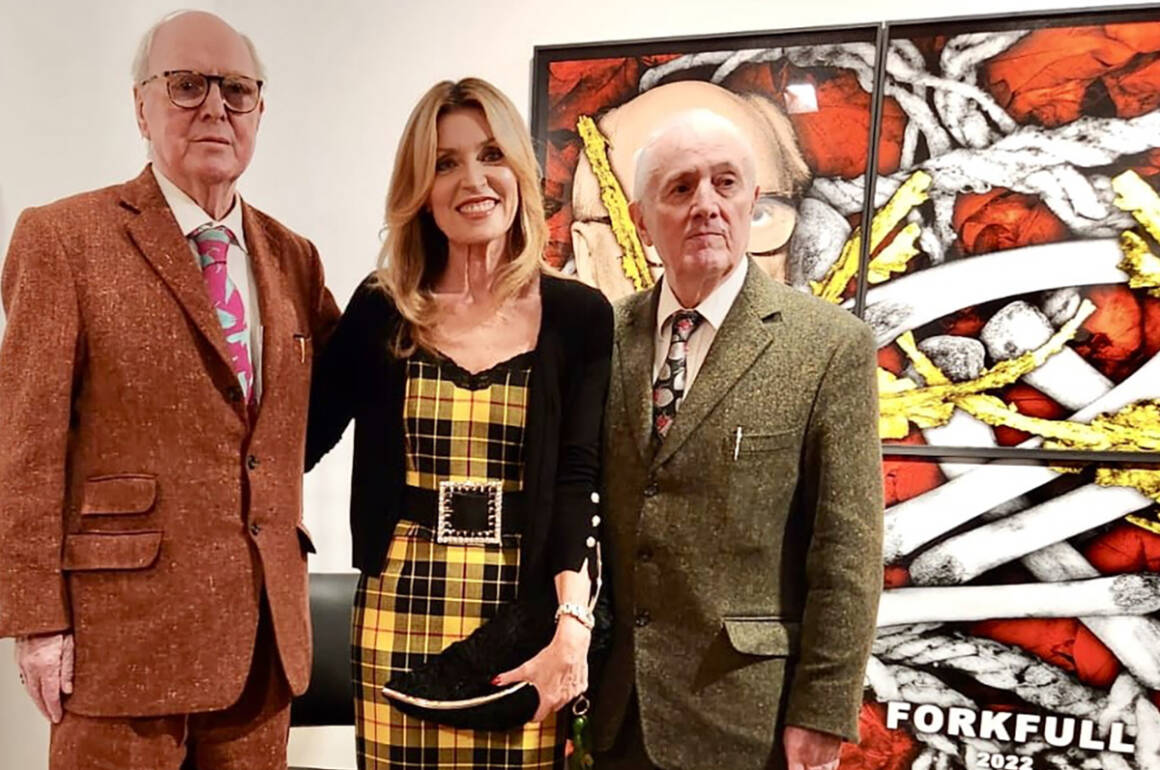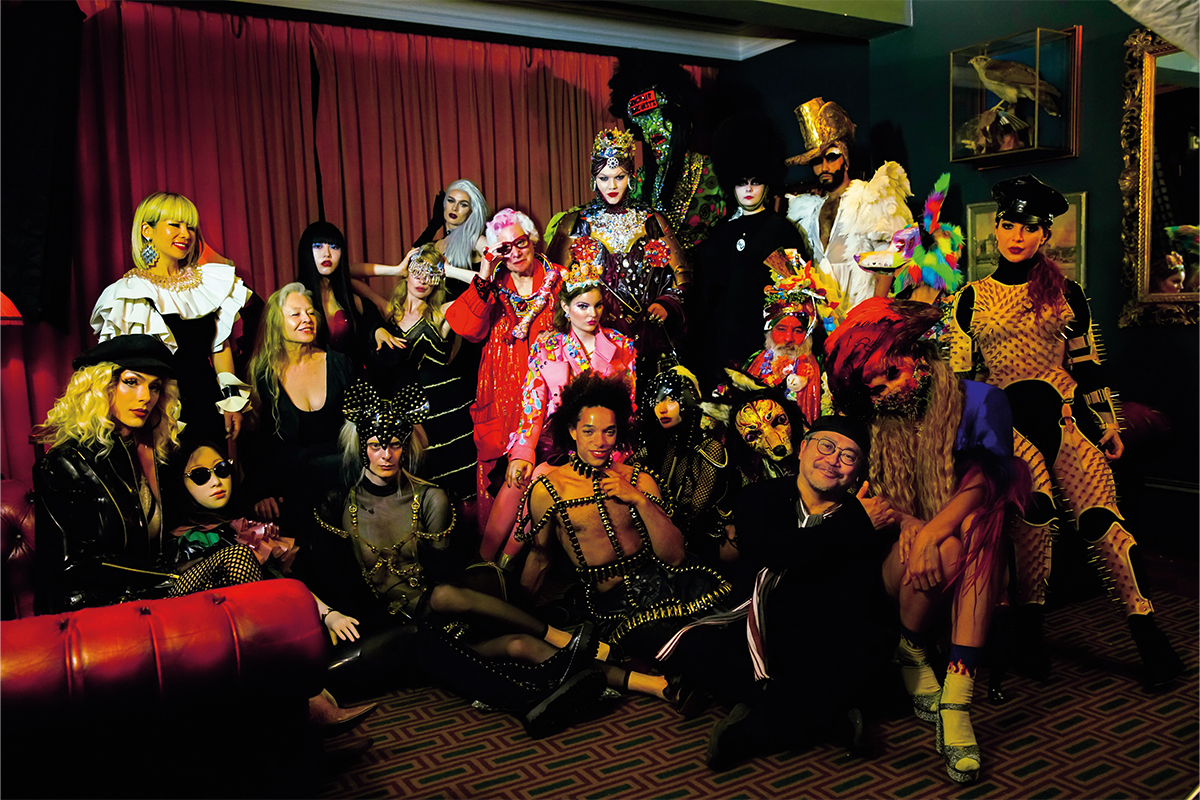
Italian art collector and philanthropist Umberta Beretta
Italy’s contemporary art scene is blooming. After decades of being perceived as a museum of the past, the home of the Renaissance is experiencing another rebirth under a new generation of philanthropists, curators and collectors. Guest editor Umberta Gnutti Beretta introduces and curates some of the key figures on the new Italian scene for LUX’s Italy Art Focus series
Art philanthropy has been a part of Italian culture since before the time of the Medici. It is a tradition that is not incentivised by tax breaks, as it is in countries including the US, but it is very prominent all the same. It is for this reason that we see the significant and powerful exercises of Italian philanthropy that we are showcasing in LUX.
Follow LUX on Instagram: luxthemagazine
Italian philanthropy happens among all generations including the young. We can see this in the case of Edoardo Monti, who was 26 and living in New York when, in 2017, he decided to move back to Italy, to a family palazzo in Brescia, to start the Palazzo Monti residency.

Umberta Beretta with Edoardo Monti at Spazio Almag
We are also seeing the increasing role of women. There is Patrizia Sandretto Re Rebaudengo, of the Fondazione Sandretto Re Rebaudengo in Turin, who supports contemporary artists and whose team curates art for everyone to enjoy. There is Gemma De Angelis Testa, who created ACACIA, an association of friends of Italian art, and who has donated 105 works to Ca’ Pesaro Gallery in Venice from her private collection. Giovanna Forlanelli Rovati opened the Fondazione Luigi Rovati, named after her late father-in-law, recently adding an art museum showing Etruscan and contemporary art. Beatrice Trussardi runs the Fondazione Nicola Trussardi as a nomadic project that creates exhibitions in often forgotten spaces and places. L’Espresso magazine did a story on all of us: the mecenate, female patrons of the new Italian art revolution.

Umberta Beretta with artist Jenny Holzer
Despite its rich art history, Italy is not a leader in the contemporary art world in terms of money – most auction activity is in London, New York, Paris or Asia. But in terms of seeing art, everyone wants to come to Venice or Milan or Florence. The quality here is very high. We have artists such as Maurizio Cattelan
, who stands out in the contemporary art scene, and Lucio Fontana in modern art history, but there is so much more. Paola Pivi and Marinella Senatore are very interesting, and there are rising stars like video artist Diego Marcon, transspecies performance artist Agnes Questionmark and industrial artist Arcangelo Sassolino.

Umberta Beretta with Arcangelo Sassolino and Paolo Repetto
In addition to hosting foundations, Italian cities have become places for contemporary artists from around the world to live and work. Danish artist Leonardo Anker Vandal is in Brescia; Ignasi Monreal from Barcelona and
Thelonious Stokes from Chicago live and work in Florence; and Ukrainian artist Daria Dmytrenko is in Venice. As well as being the location of the Palazzo Monti residency, Brescia is the Italian Capital of Culture this year. And Florence has the Fondazione Palazzo Strozzi, where Arturo Galansino has created a world-class art museum. So artists can come to Italy and take a look at what surrounds them, old and new, and be inspired. It’s different, in my view, from going to a loft space in New York and taking a look around that.

Umberta Beretta with artist duo Gilbert and George
Our very strong commercial galleries include Massimo de Carlo, and kaufmann repetto by Francesca Kaufmann and Chiara Repetto, both in Milan. In my Brescia hometown, Massimo Minini opened Galleria Massimo Minini in 1973.
Read more: An Interview with Maurizio Cattelan
He is a great gallerist and has a long history of friendship with amazing artists, including artists of the Arte Povera of the 1960s. The art scene in Italy is very old, but it is also very new. It’s an exciting time both in Italian art and Italian art philanthropy.
Umberta Gnutti Beretta is a philanthropist who supports work in fields of medicine, women and children’s rights and the arts. Among many roles, she is on the governing council of the Fondazione Brescia Musei and is President of the Restoration Club of the Museo Poldi Pezzoli.
This article comes from a section of a wider feature originally published in the Autumn/Winter 2023/24 issue of LUX














Recent Comments